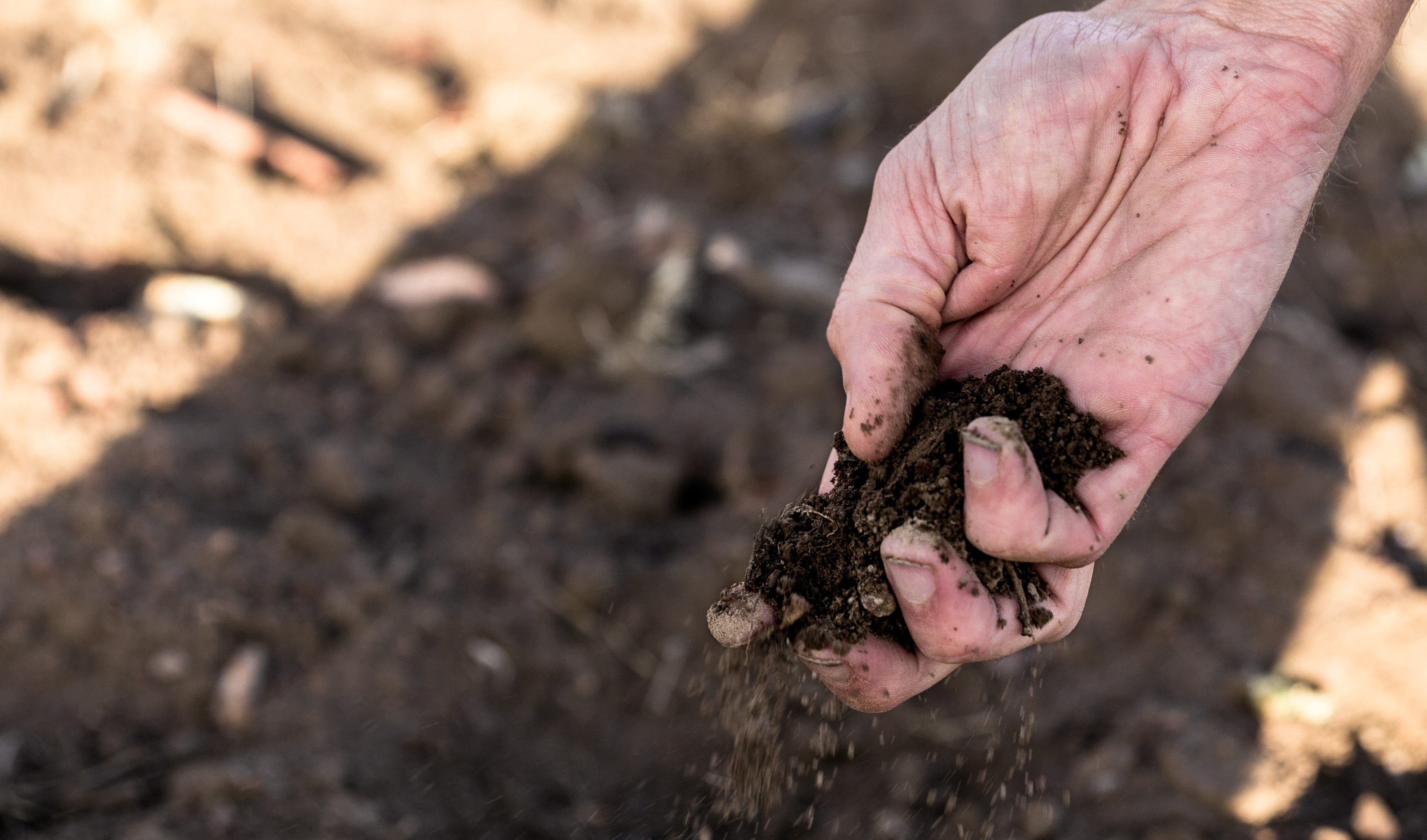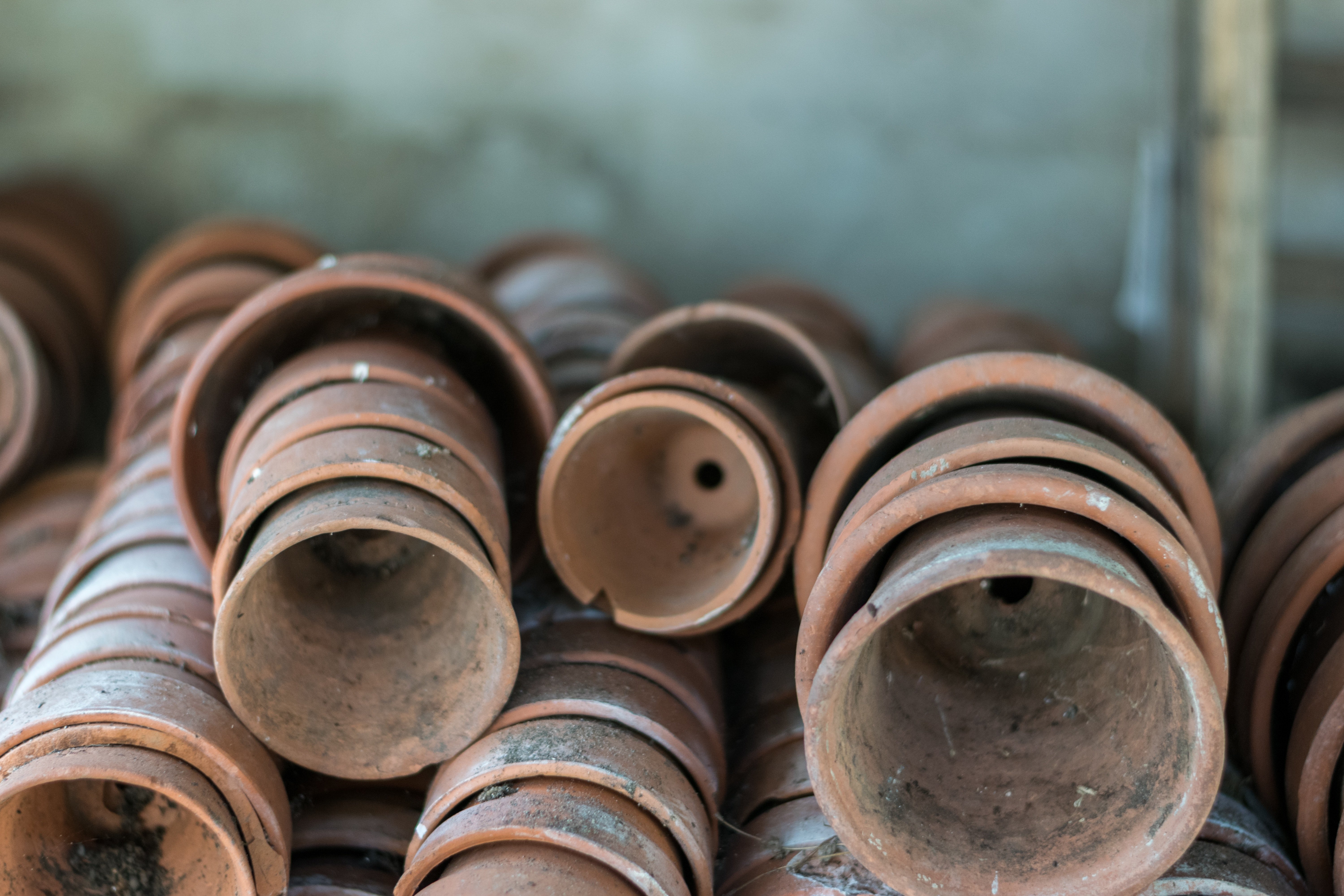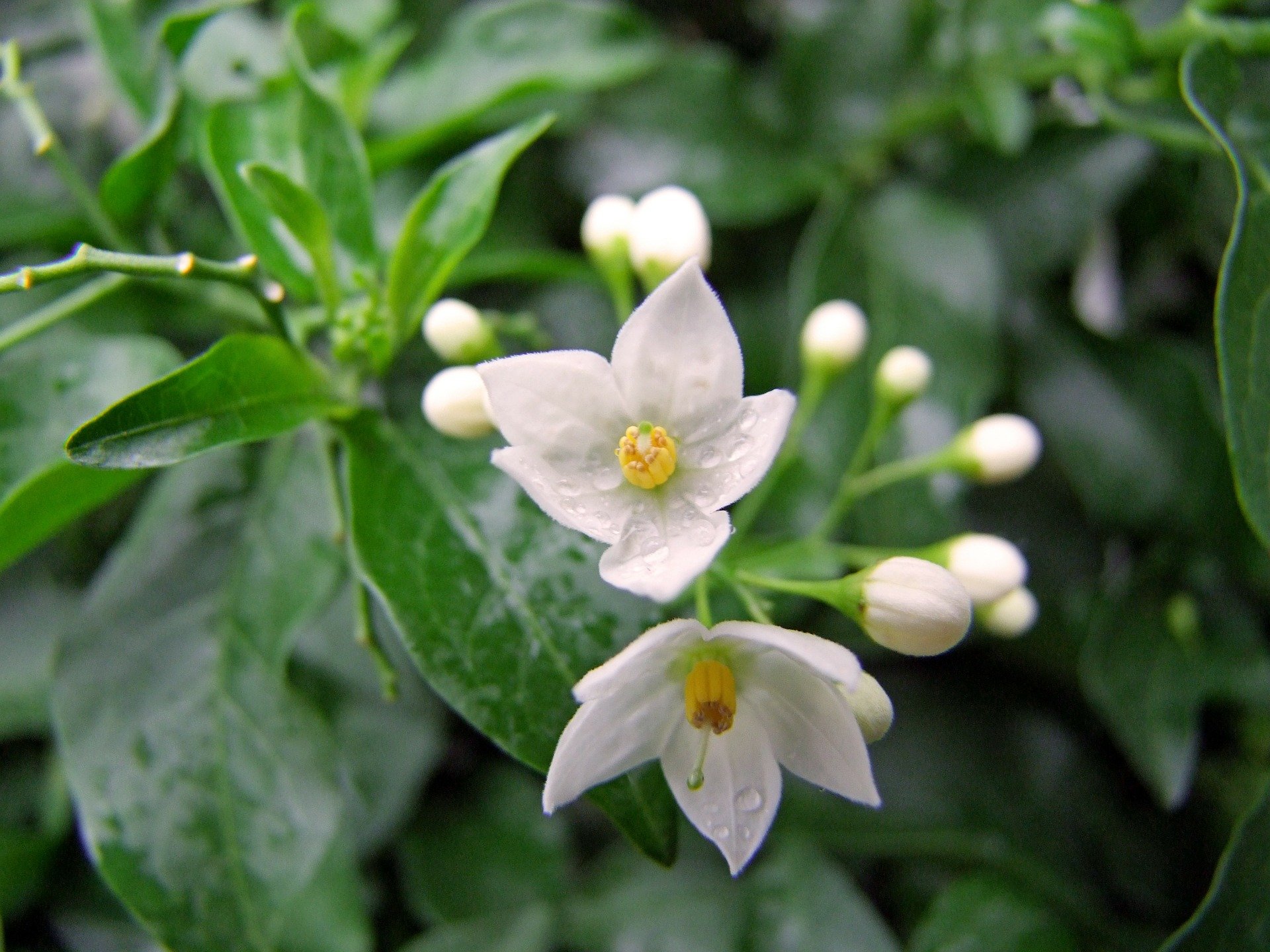Houseplant jasmine is something very special. It not only has beautiful small flowers, these flowers also have an incredibly beguiling fragrance. You can put this charming plant in your apartment or even in the summer on the balcony, so that your neighbors also have something of the fragrance. You are interested in this plant and want to know more about its care? We will show you which location is best suited and what is particularly important when caring for it.
Contents
- 1 The history of the houseplant “Jasmine
- 2 The different types of jasmine
- 3 The right location: bright and sunny!
- 4 The optimal care: this is how it works!
- 5 The right soil for your jasmine
- 6 Fertilizing: it’s that easy!
- 7 Pruning jasmine: very easy
- 8 Repot once a year
- 9 Winter ready jasmine houseplant
- 10 How to propagate the houseplant “Jasmine” easily
- 11 Is the jasmine poisonous?
- 12 The right room for your jasmine
- 13 Author
The history of the houseplant “Jasmine
Where the jasmine really comes from is still not clear. At least we know that it is seen on some ancient paintings and Roman women used it as decoration. In India, jasmine was and still is a symbol of hope. It is also often scattered at religious festivals in China and Indonesia.
However, the jasmine is not only beautiful, but also smells fantastic. It came to us in Europe via France in the 17th century and is still used in Europe to produce fine fragrances. Today, cultivation takes place mainly in France, Italy, Egypt and China.
The different types of jasmine
Jasmine is actually just an umbrella term, as there are many different types. For example, true jasmine is confused with scented jasmine, as both are incredibly similar in smell and appearance. It is not quite clear how many species of jasmine there are today, some say 200 and others think there are even 400 species.
The following species are just a tiny selection of the many jasmine species:
Jasminum angulare: This species has a white flower and its fragrance is rather sweet. This climbing shrub can grow up to 700cm high and can be recognized by its red buds. However, due to its size, this plant is more suitable for outdoors.
Jasminum grandiflorum: This species of jasmine has a very strong fragrance and is therefore mainly used for perfume. However, unlike the “Jasminum angulare”, it grows only 80cm high. This species can be kept as a houseplant and also likes to be outside in summer.
Jasminum officinale: This jasmine houseplant is also called true jasmine. The flowers are pure white and hang from the plant in umbels 5-7cm long. This species of jasmine is the most sold, because it drinks an incredible number of flowers and has a very pleasant scent. It can reach a height of 2-3m with good care. This variety is perfectly suitable as a terrace, balcony and, of course, houseplant.

The right location: bright and sunny!
The jasmine prefers a bright and sunny place in your apartment or on your balcony. However, you should make sure that the midday sun is not too strong. To prevent pests, the room should be ventilated regularly.
The optimal care: this is how it works!
In addition to the right location and good ventilation, the supply of water and nutrients is also very important. In the following, we also explain what you need to consider when repotting and how you can propagate your jasmine.
The right soil for your jasmine
You can use normal potting soil. Since the jasmine does not tolerate waterlogging, you should make sure that the water can drain off well.
Tip: Fill a layer of expanded clay in the bottom of the pot and mix the soil with expanded clay, so it is more permeable.

Watering jasmine: this is what you should pay attention to!
Regular watering is essential, especially during the growth phase. In summer, a daily watering is life-saving. The soil should always be evenly moist, but waterlogging is absolutely not tolerated by the jasmine houseplant.
Tip: Use low-calcium water when watering, rainwater is of course best.
Fertilizing: it’s that easy!
The jasmine houseplant needs a lot of nutrients. Between April and September you should supply it with liquid fertilizer every 2 weeks.
Pruning jasmine: very easy
Between February and March you can cut your jasmine back a little. This will encourage it to bloom more abundantly. You should not cut off too much, because it takes some time until the jasmine has formed new shoots. However, the true jasmine will forgive you a radical pruning.
Caution: You should wear gloves when pruning, as all parts of the plant are poisonous.
Repot once a year
The high demand for water and nutrients causes the soil to lose its quality very quickly. Repot your jasmine houseplant every year in spring.

Winter ready jasmine houseplant
Most of the jasmine species are not hardy and should be protected from frost. To properly overwinter the plant, you should choose a bright but cool location with temperatures of about 10 ° C. If the jasmine is too warm in winter, it will not produce as many flowers the following year. However, the jasmine does not need fertilizer in winter and even water is sufficient in small quantities.
How to propagate the houseplant “Jasmine” easily
The easiest way to propagate is with woody cuttings. Cut off woody shoots between May and June and leave them in water until roots form. However, relatively high temperatures between 18 and 21°C are necessary for root formation. As soon as the new plant has formed roots, you can plant it in a pot.
Is the jasmine poisonous?
Absolutely! Every part of this plant is poisonous. So make sure to place it out of reach of children and animals. Also, pick up all fallen flowers and leaves immediately.
The right room for your jasmine
The best place for your jasmine is a very bright and warm room. In the living room at a south window your jasmine is happiest. Here it gets enough sun and it can also be properly ventilated.
Tips for problems with your jasmine
If your jasmine is in a warm place with little ventilation in winter, pests such as aphids and mealybugs can quickly attack your plant. If you have already observed an infestation, then carefully shower your plant and try to remove all pests. However, the most common care mistake is overwatering. If the soil of your houseplant is too moist, the roots may start to rot. So always make sure that the water can drain away and check if your plant is still moist before watering.

Jasmine is a fascinating and beautiful houseplant. Make sure that its soil is not too moist to prevent root rot. It should be placed in a sunny and well-ventilated place and always be well fertilized.
Are you interested in more houseplants? Then we have some fantastic specimens here. Take a look and get inspired!









